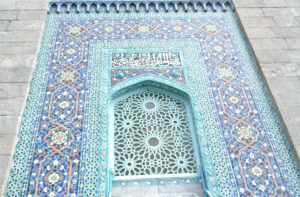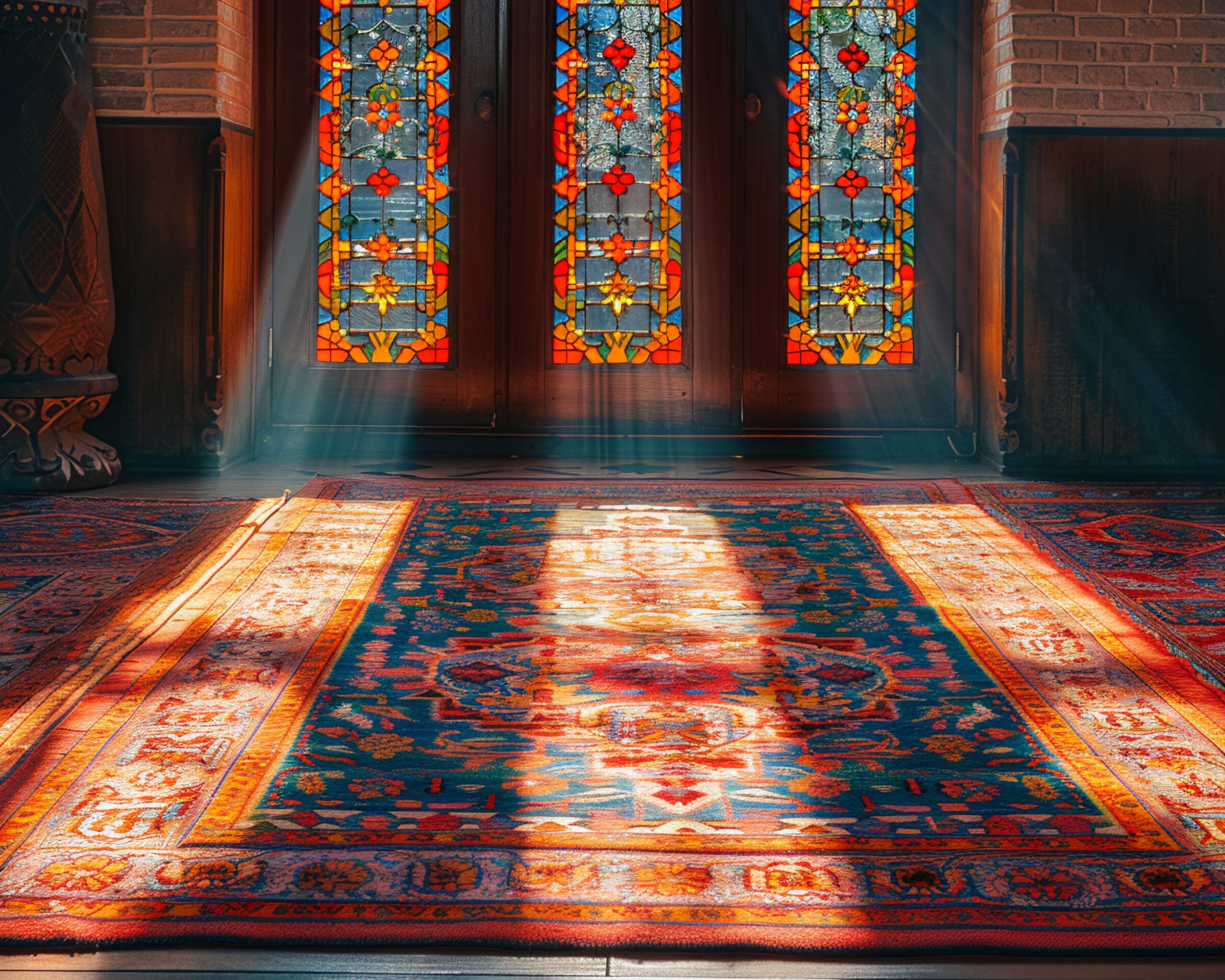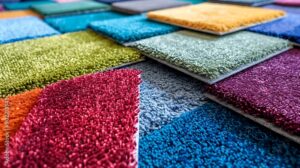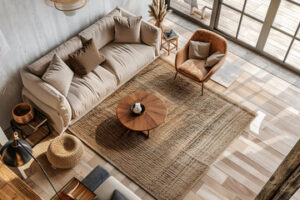Mosque carpets hold a unique place in Islamic architecture and culture. These intricately designed floor coverings not only enhance the beauty of a mosque but also play a crucial role in the spiritual experience of the worshippers. In this blog, we will explore the various aspects of mosque carpets, including their design, materials, cultural significance, and maintenance.
The Art of Mosque Carpets
Historical Context
The history of mosque carpets dates back to early Islamic times when they were used to provide comfort during prayers. Over the centuries, their design and craftsmanship have evolved, reflecting the rich tapestry of Islamic art and culture. Different regions have developed their unique styles, influenced by local traditions and resources.
Design Elements
Mosque carpets are renowned for their elaborate patterns and motifs. Common design elements include:
- Geometric Patterns: These represent the infinite nature of Allah and the universe.
- Floral Motifs: Often symbolizing paradise, flowers are a recurring theme in Islamic art.
- Calligraphy: Verses from the Quran or phrases praising Allah may be integrated into the design.
Common Design Elements in Mosque Carpets
| Design Element | Description | Symbolism |
| Geometric Patterns | Interlocking shapes and lines | Infinity and unity |
| Floral Motifs | Various flowers and leaves | Paradise and beauty |
| Calligraphy | Arabic script featuring Quranic verses | Spirituality and devotion |
| Color Palette | Rich reds, blues, and greens | Spiritual warmth and tranquility |
Materials Used in Mosque Carpets
The choice of material is vital for both aesthetics and functionality. Common materials include:
- Wool: Known for its durability and comfort, wool carpets are soft and retain warmth.
- Silk: Often used for more decorative pieces, silk carpets are luxurious and display vibrant colors.
- Synthetic Fibers: Increasingly popular for their cost-effectiveness and ease of maintenance.

Characteristics of Common Materials
Wool
Pros: Durable, warm, naturally stain-resistant.
Cons: Can be more expensive; requires regular maintenance.
Silk
Pros: Rich colors, luxurious feel, highly decorative.
Cons: Less durable, requires careful handling.
Synthetic Fibers
Pros: Cost-effective, easy to clean, resistant to fading.
Cons: May lack the traditional aesthetic appeal.
Cultural Significance
Mosque carpets are not just functional; they are an essential part of the cultural identity of a community. Each carpet tells a story, reflecting the history, beliefs, and artistic expressions of the people.
The Role of Carpets in Worship
In Islamic tradition, the act of prayer (Salah) is a significant ritual. The carpet creates a sacred space, allowing worshippers to focus on their prayers. Some key functions include:
- Comfort: Providing a soft surface for prostration.
- Orientation: Many carpets have designated prayer areas, guiding worshippers in the right direction (Qibla).
- Unity: A well-designed carpet helps organize large gatherings, fostering a sense of community among worshippers.
The Impact of Carpets on Worship Spaces
A beautifully crafted carpet can transform the atmosphere of a mosque. It contributes to a sense of tranquility and reverence, enhancing the overall spiritual experience. The choice of colors and patterns can evoke different emotions, helping to create an inviting environment for worshippers.
Maintenance of Mosque Carpets
Proper maintenance is crucial for preserving the beauty and longevity of mosque carpets. Here are some tips:
- Regular Cleaning: Vacuuming regularly helps remove dirt and debris. Professional cleaning should be done periodically.
- Stain Removal: Address spills immediately to prevent permanent stains. Use appropriate cleaning solutions based on the carpet material.
- Placement and Protection: Avoid placing carpets in direct sunlight to prevent fading. Consider using furniture pads to prevent wear in high-traffic areas.
Maintenance Checklist
- Weekly: Vacuum to remove dust and dirt.
- Monthly: Check for stains and clean as necessary.
- Annually: Hire a professional cleaning service.
- As Needed: Rotate the carpet to ensure even wear.
Conclusion
Mosque carpets are more than mere decorations; they are a fusion of art, culture, and spirituality. Their intricate designs and rich materials serve to enhance the worship experience, providing comfort and a sense of community among believers. As we appreciate the beauty of these carpets, it’s essential to recognize their role in the broader context of Islamic tradition and the spiritual life of the mosque.
Whether you are a frequent visitor to mosques or simply an admirer of their beauty, understanding the significance of mosque carpets enriches the experience. They remind us of the artistic heritage and spiritual depth found within the walls of these sacred spaces.




